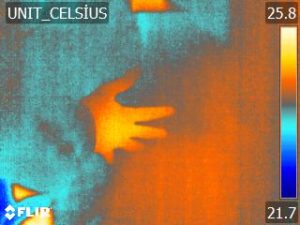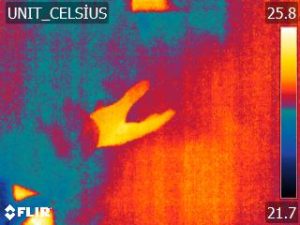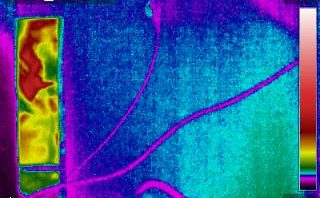I am a little skeptical of my engineering drawings. Eventually, I’m giving a fine shape but I need to look for practical solutions in drawings. That’s why, I’ve explored more features in CAD. I’m using Siemens NX rather than SolidWorks, Catia, AutoCad etc. I think it is more flexible on drawing constraints. I chose my favorite item in the universe: spaceship!
Tag: Art
Easy, improved, inspired recordings: iZotope Spire
Well… I kept improving my recording abilities; of course the technical ones. I’ve bought a carry-on microphone and recorder: iZotope Spire! It is connected to my iPad with wifi and its application is pretty easy to use. Unfortunately, my wicked voice can be heard now :/ Anyways… I’m still using GarageBand for drums and keyboards. My old Fender is the lead for sure \m/
Can an algorithm predict an unknown physical phenomenon by analyzing patterns and relations buried in clusters of data?
This article investigates whether an algorithm can provide an undiscovered physical phenomenon by detecting patterns in the region where the data collected. The pattern recognition is considered with the basis of inferential statistics, which differs from descriptive statistics, as McAllister implied. I assert that physical patterns should be correlated with mathematical expressions, which are interconnected with the physical (quantitative) laws. The known unknows, e.g. gravitons, and the unknown unknowns, e.g. fifth force of the universe, are examined in the sense of learning capabilities of an algorithm based on empirical data. I claim there is no obstacle preventing algorithms from discovering new phenomena.
Plasma meets with Kapton surface
Dielectric barrier discharges are a type of AC plasmas aiming to limit current in time to prevent spark formation. The dielectric layer holds charges, instead of letting them flow as in conductive materials. The constant exposure to plasma species causes wear/deformation on the surface. Here I show an example of Kapton layer.
Something new
I’ve decided to add other instruments to my recordings. I was recording guitars on Ableton. Now, I’m adding drums and other stuff on GarageBand and giving the last look on the same program after importing guitar tracks. It’s taking time but records are sounding decent! As an example:
***mixed with the movie Network (1976)
Art of thermal radiation
If you have materials opaque to IR, you can create some illusions! You can take photo of yourself from the back of the thermal camera! Or, just play with the color scheme 🙂


Family tree :)
Here is my collage of powerpuffs with acrylic paints. This is a gift for my family 🙂 I’ve used this website: https://powerpuffyourself.com/#!/en

Improvizing a history
If you’re willing to listen some Turkish music, here we go! This song means a lot to me but also it is hard to explain. To me, it is about the changes happening without our intervention or will. I’ve played this song many times so I have tons of versions of the same song.
Soft version:
Hard version:
Music? YES!
As a huge Alice in Chains fan, I’m picking a song and improvising it.
Create your own stars!
Sometimes I’m taking photos and combining them in a video to convey a story. Here, I prepared cards with the drawings of James Jean. My LEGO characters are the stars!






Recent Comments